Estuary Management Plans
Estuary Management Plans (EMPs) are important regulatory documents that determine who can do what, where, in each of our state’s estuaries. EMPs are both land use and natural resource plans that guide state and local governmental review for proposed alterations and development within an estuary. EMPs across the state are around 40 years old, and in dire need of update to reflect ecological changes that have occurred since their inception–and to meaningfully address climate change, habitat loss, water pollution, and endangered species in the years to come.
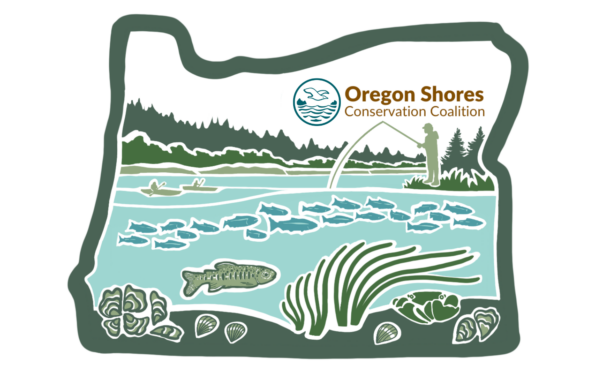
Past Alterations Led to Estuary Management
Over the past century, estuaries in Oregon have been dramatically altered by human development and activity. Tidal marshes were diked to create farmland, native oyster reefs were over-harvested, tidelands and eelgrass meadows were dredged to create navigation channels and filled to accommodate waterfront sites for commercial development, and water quality was compromised by logging and erosion in upstream watersheds.
As a result of these activities, over 20% of estuary habitat has been lost in Oregon and up to 65% of habitat has been lost in specific estuaries (Nestucca Bay). In the 1970s, widespread concern about the loss of ecosystem functioning and critical natural resources prompted the state to develop laws to protect our estuaries from irresponsible development.
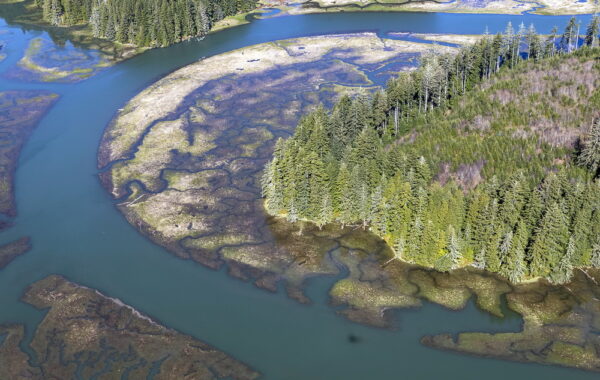
Similar concerns about rampant development across the state gave rise to Senate Bill 100 in 1973, which established the Department of Land Conservation and Development and the statewide land use planning program. Oregon’s planning program is structured through a set of statewide goals that guide local cities and counties across the state in managing resources and balancing economic, environmental, and social needs with future development. This includes Statewide Planning Goal 16: Estuarine Resources, which provides guidelines for local jurisdictions bordering estuaries to plan and manage their estuaries jointly.
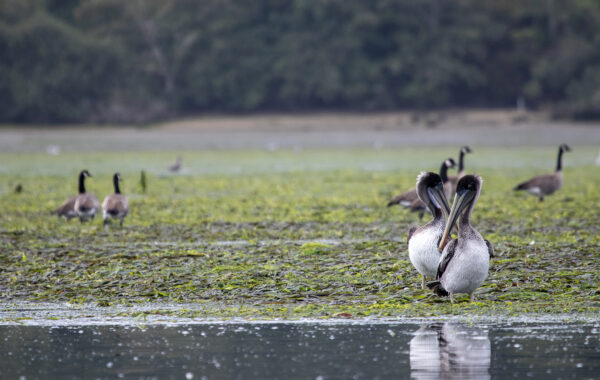
Protecting the Environmental, Economic, and Social Value of Estuaries
Goal 16 requires coastal cities and counties to develop Estuary Management Plans (EMPs) to designate appropriate uses for each estuary region based on important cultural, biological, and physical features. Plans were prepared by local governments in collaboration with natural resource agencies, local citizens, and other stakeholders and were based on the best science available in the 1970s and early ‘80s.
EMPs zone each region of the estuary as “Development,” “Conservation,” or “Natural” management units, which determine the types of uses allowed in each unit. EMPs guide state and local governmental review procedures for proposed alterations and development within the estuary. The plans are adopted within county and city comprehensive plans and zoning ordinances. In short, EMPs provide the framework for determining who can do what, where, in each of our state’s estuaries.
Oregon’s Estuaries Face New Challenges
Our state’s EMPs have not been updated in many decades and are overdue for review. The state’s Coastal Management Program has launched an effort to revise and update these EMPs over the coming decade. In the past 40 years, significant changes have occurred to the ecological and social fabric of our estuaries. Habitats have shifted, been eliminated, and, in some cases, restored. Invasive species have been introduced. Some industries that were previously essential drivers of the local economies have faded; new ones have arisen. Climate change poses a new threat to coastal communities and ecosystems.
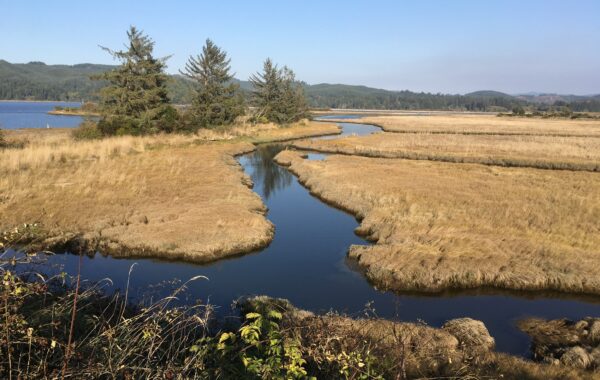
Adaptive Planning is the Key
Coastal communities also possess a vital opportunity to use the Estuary Management Plan updates to strengthen habitat and species protections, increase resilience to climate change, and create and sustain jobs in fisheries, tourism, research, and other fields that rely on healthy estuaries. Each EMP update must be comprehensive, proactive, and robust enough to assist in coping with these upcoming challenges. Additionally, communities must play an active role in stewarding and shaping the future of their estuaries by engaging in EMP updates. Thorough public participation ensures that the community’s needs are represented in the EMP policies.
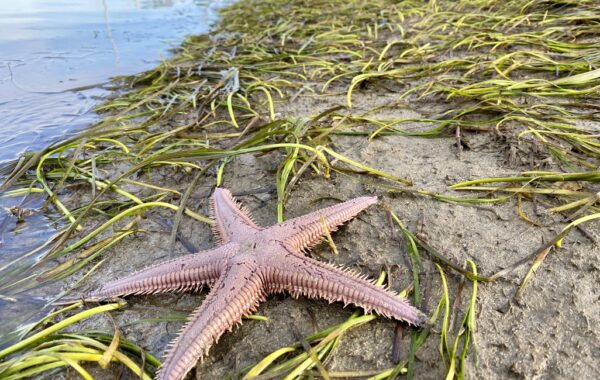
Join us in our mission to protect Oregon’s estuaries.
More on Estuaries
Our Programs and Campaigns

Campaign for Oregon’s Estuaries
The goal of the Campaign for Oregon’s Estuaries is to build a strong popular movement for conserving our estuarine resources based on a broad public understanding of the importance of these places where rivers meet the sea.
